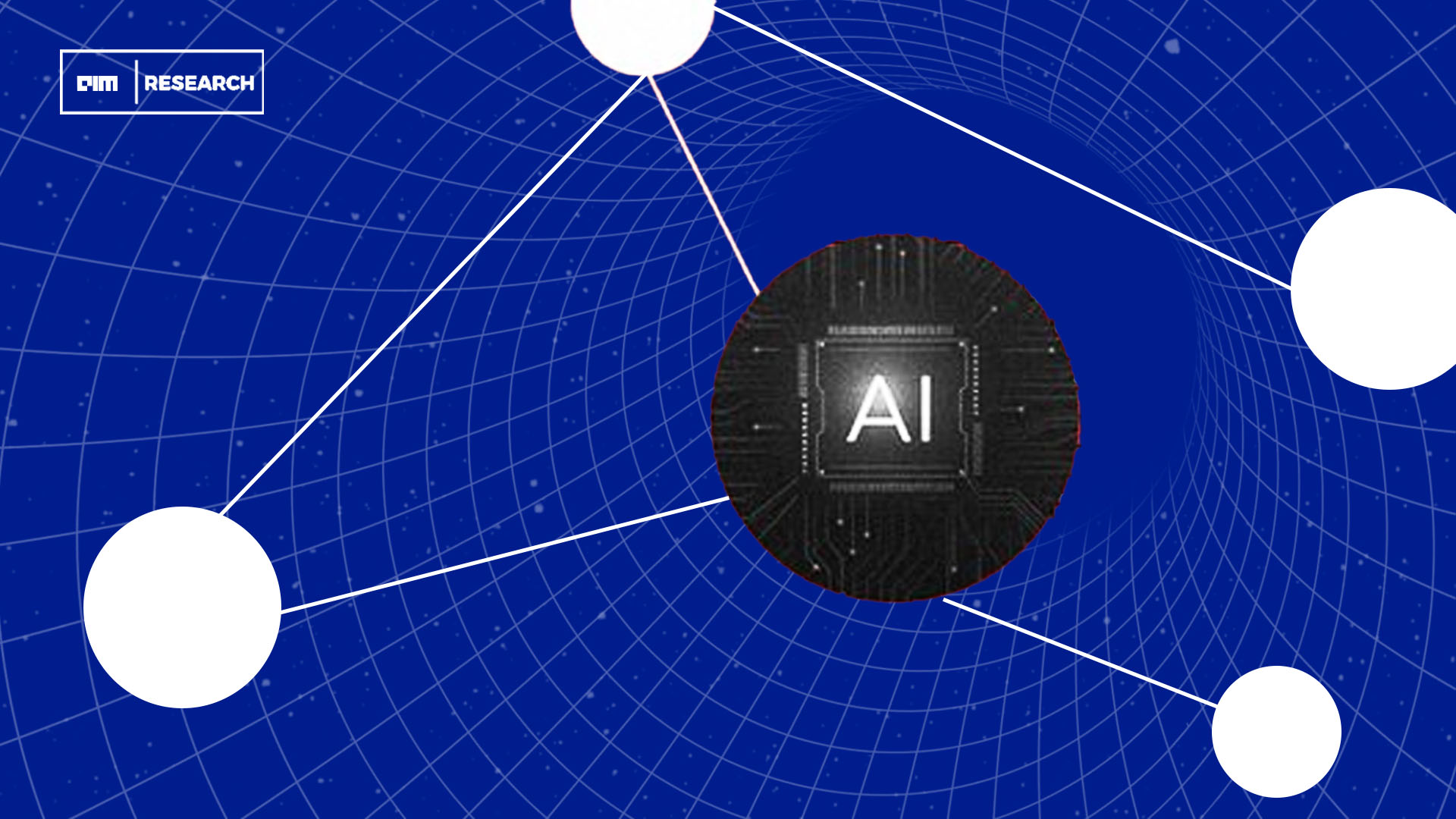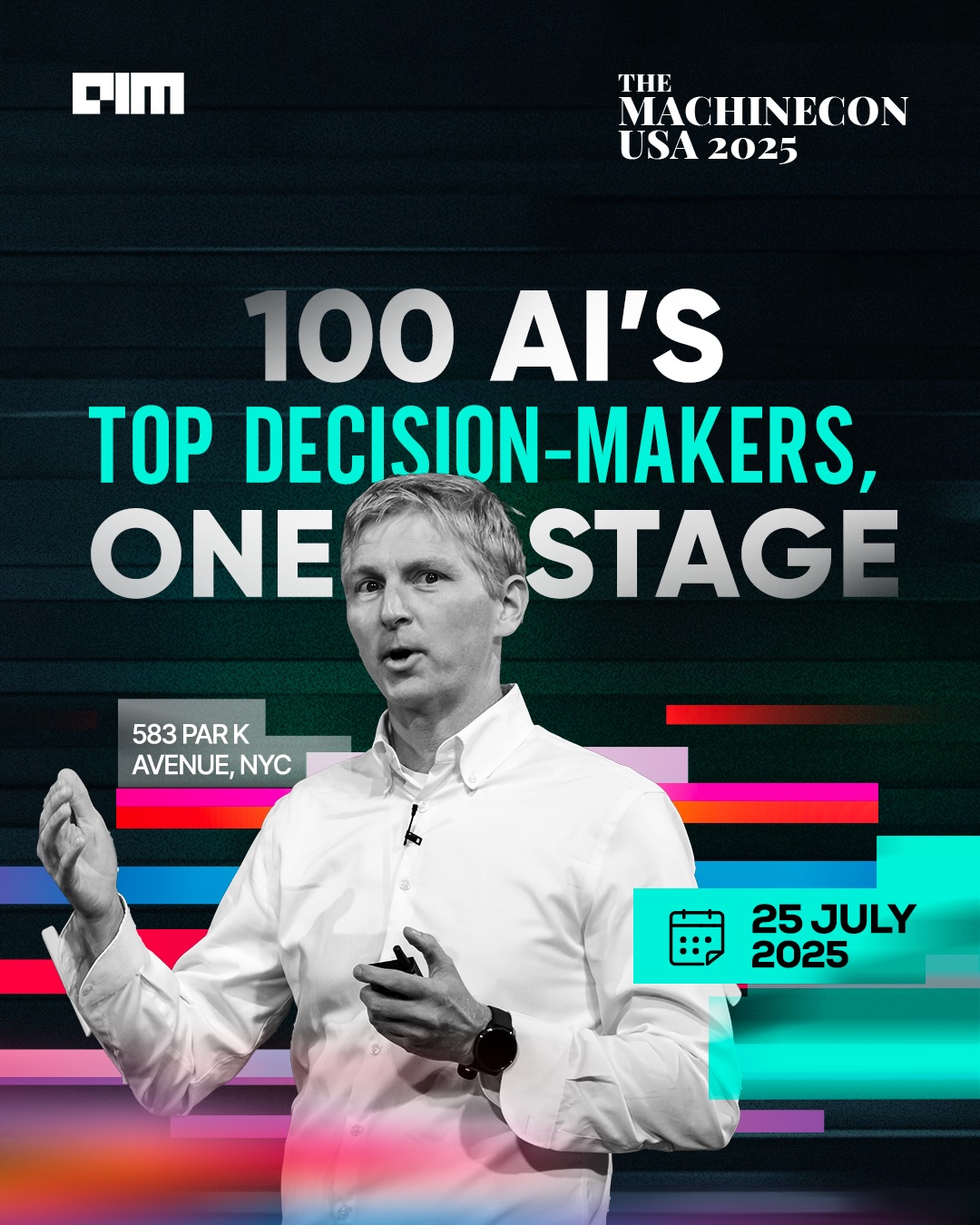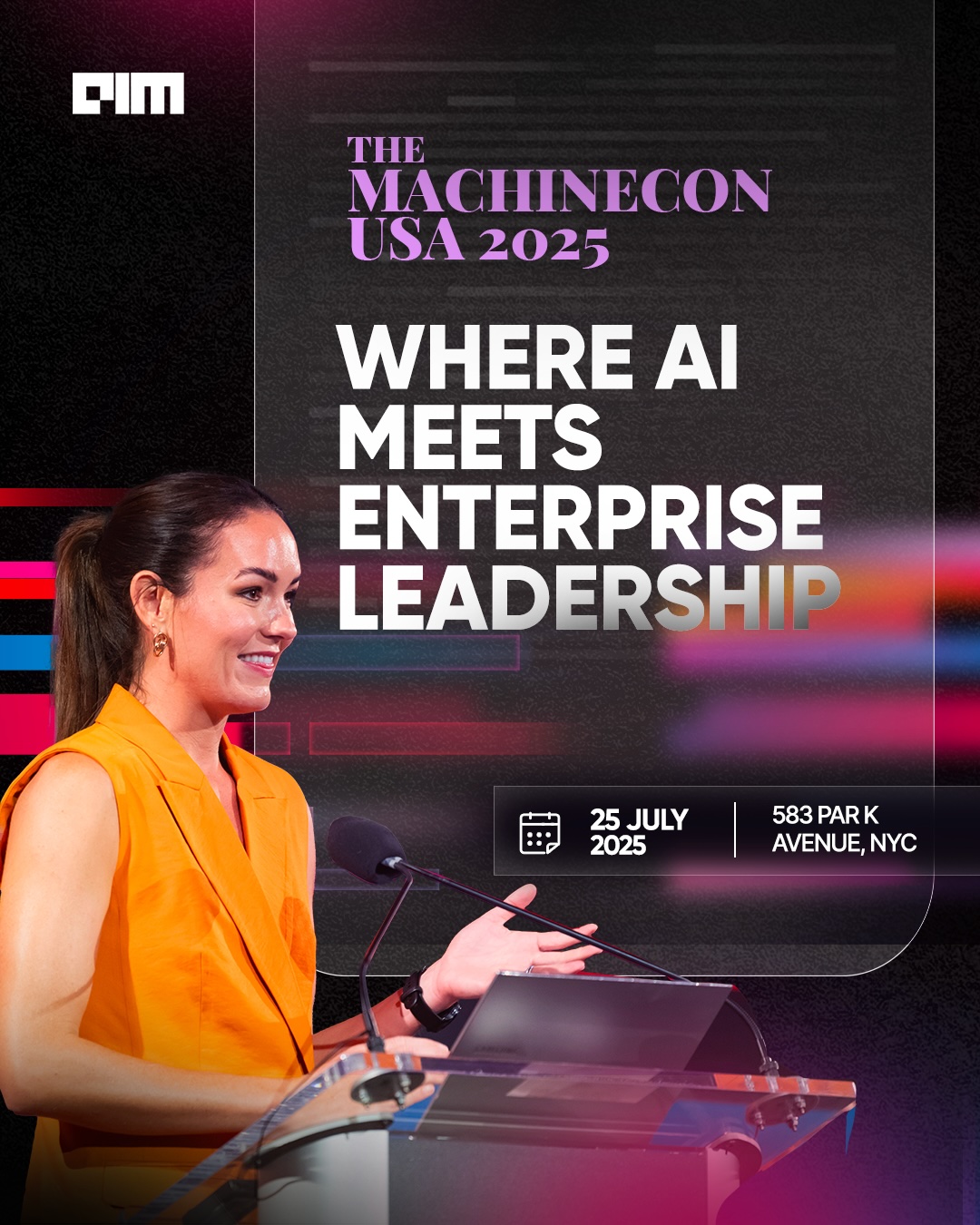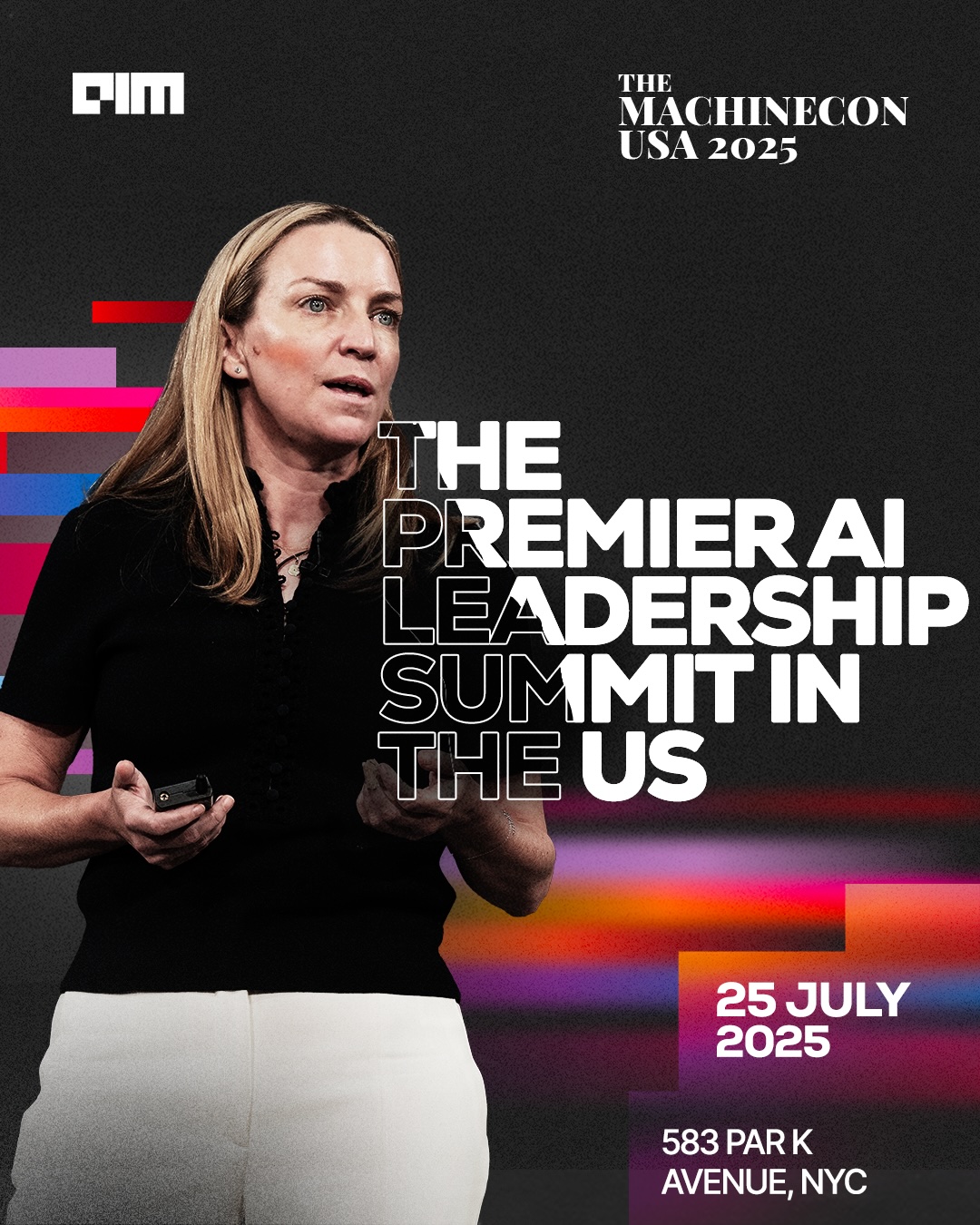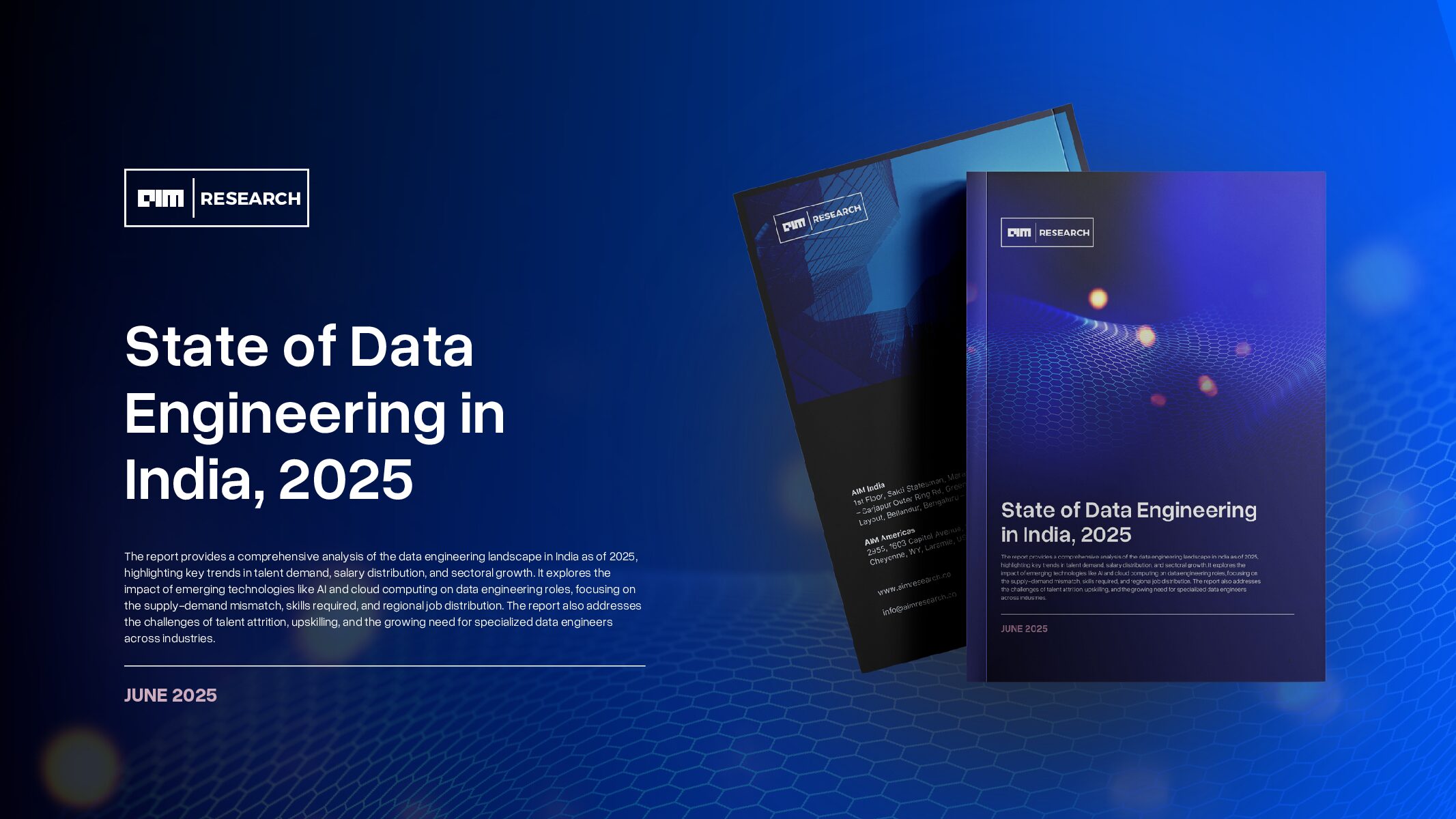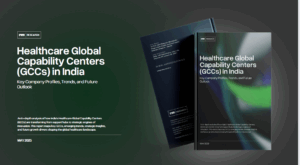Unlocking the transformative potential of Generative AI is crucial for ushering in a new era of creativity, efficiency, and problem-solving, driving innovation and disruption across various domains, from art and entertainment to healthcare and beyond. This technology promises to reshape industries, unleashing untapped possibilities and redefining how we approach complex challenges.
To help us gain more insights on this emerging topic, for this week’s CDO insights we have with us Asif Hasan, Co-founder of Quantiphi, Inc, a pioneering Deep Learning and Artificial Intelligence Solutions Specialist Company . With a proven track record in launching and scaling ventures with global teams and clients, he is driven by a fervent commitment to enabling organizations to tackle previously intractable challenges at scale using cutting-edge Machine Learning technologies. Asif’s extensive expertise spans a wide spectrum of Machine Learning domains, encompassing Computer Vision, Speech Recognition, Natural Language Understanding, Risk Modeling, Churn Prevention, Supply-chain Optimization, Predictive Maintenance, Customer Segmentation, and Sentiment Analysis. He is well-versed in architecting and implementing large-scale Machine Learning and AI solutions utilizing modern AI computing stack including large scale GPU compute clusters, ML SDKs, Foundation Models and Orchestration Platforms. . With over two decades of experience in the field of Machine Learning and Big Data, Asif Hasan’s industry knowledge extends to Healthcare, Insurance, Capital Markets, Media, Consumer Products, and Manufacturing sectors.
Asif shares his profound insights into the transformative potential of Generative AI (GenAI) and its impact on various industries. Asif’s views are attributed to excerpts from a book he is currently writing on Generative AI. Below are key highlights from the interview:
AIM: Why are we still asking questions about the transformative potential of GenAI when it seems like we’ve only scratched the surface of what this technology can truly achieve?
- At Quantiphi, we’ve closely witnessed and benefited from the AI evolution.. Since the days of AlexNet back in 2012, which showed the immense potential of CNNs in image recognition, the AI value proposition has truly expanded in the business landscape. This is what gave us the confidence to start Quantiphi back in 2013, but what we have experienced in the last twelve months has dwarfed everything we saw happen in this space since our inception back in 2023 through now.
- Fundamentally what has happened is that GenAI is bringing down the marginal cost of performing a cognitive task significantly and sustainably, just like Moore’s law brought down the cost of computation in the prior decade.
- So, in the pre-generative AI paradigm, a model would have to be custom built to perform a specific task using supervised learning which was both cumbersome and expensive. With GenAI, we can now pre-train Large Language Models (LLMs) to predict the next token in a sequence of words or the next pixel in an image. This pre-trained model can then be used as a substrate in an AI system which can be fine-tuned inexpensively to perfume hundreds or even thousands of enterprise specific tasks. This brings down both the cost and the time to value making this technology much more accessible than the AI systems of the past.
- This paradigm shift, in accessing and interfacing with AI systems through GenAI at a marginal cost of intelligence, is an immense value proposition for businesses. It’s set to reconfigure how entire industries operate and fundamentally change our approach towards cognitive tasks.
- Therefore, “Where Gen AI can be a force multiplier in my business?” – is an important question for executives today. As the technology progressively becomes more capable, organizations who are able to harness its potential will experience dramatic productivity gains across a whole range of functions. We’re already seeing a small segment of organizations leveraging GenAI in profound ways to re-imagine long, expensive and cumbersome steps in their value chain to dramatically improve their unit economics as a way to establish leadership in their industry.
- Yes, one may argue that these are early days for GenAI but we have all seen ChatGPT reach 100 million users in a span of a mere two months surpassing any other technology in history. And we believe this is just the beginning of the GenAI era.
AIM: Considering the uncharted territories, can you provide examples or insights into specific industries or applications where GenAI’s transformative potential is yet to be fully harnessed, and what strategies or approaches can organizations adopt to navigate these unexplored frontiers effectively?
One cannot speak of Generative AI without delving into its enormous impact on business economics. By automating knowledge-intensive tasks, this technology will unlock faster revenue growth, wider profit margins, and significant cost savings. We’ll go further to map out how this could lead to novel products and services, greater brand visibility, improved customer experience, and even risk reduction. In these early days of Generative AI (GenAI), we’re only scratching the surface of its transformative potential. While the immediate impacts of GenAI are visible and groundbreaking, comprehending the second and third-order effects of this technology is a challenging endeavor. From our interactions with customers across various sectors, we’ve gathered a plethora of insights. Rather than dive into specific industry examples because there are far too many to describe, I would rather discuss four distinct patterns of use cases we have uncovered in speaking with over 300 customers over the past year that cover about 80% of all use cases we have uncovered.
1. Information retrieval and synthesis – help me talk to my documents and enable a “Bard” or a “ChatGPT” like experience but do it on my enterprise specific information.
2. Automation – Help me automate my middle and back office tasks using Gen AI and make things like processing paperwork much easier.
3. Analysis and Insights – Help me talk to my data and ask questions in natural language like – “which of my customer cohorts are most likely to churn in the next 3 weeks and what can I do to prevent it”
4. Help me generate or refactor Code simply by providing my specifications in natural language
- GenAI, as a force of transformation, is making its way into industries rapidly with varying degrees of impact. From our vantage point believe the impact of Gen AI will be felt across all industries over time but we see the strongest case for GenAI emerging in healthcare, financial services, education, media and entertainment industries and domains involving scientific research.
- In the next 18 months we anticipate the business areas of software development and design, product development and customer experience, to drive the highest impact.
- While these industries witness speedier GenAI adoption, realizing the full potential will take more time.
- When we look at the next one to two years, we will see many examples of task level disruptions– like using AI to perform the exact same task, or a portion of the task the human agent is performing, but in a better, faster and cheaper way.
- However, we’ll see a much bigger impact at a system level disruption…here, we are not simply using AI to do the same task better, faster and cheaper. We are combining AI capabilities to fulfill customer needs in entirely new ways and the disruption is more at a business model level…with changes like these taking three to five years.
- To navigate the unexplored frontiers of generative AI effectively, organizations should consider the following strategies and approaches:
- Assess AI Readiness: Begin by assessing your organization’s AI maturity, readiness, talent and data needs. This will help companies understand the current state and identify gaps.
- AI Strategy and Governance: Develop or refine AI strategies and governance frameworks that account for the implications, including ethical and regulatory aspects, of generative AI capabilities.
- Use Case Prioritization: Work with professional services firms to discover and prioritize high-impact generative AI use cases. Leverage their industry and functional domain knowledge gained from diverse customer experiences.
- Technology Selection: Seek advice on technology selection and reference architectures. Given the proliferation of generative AI models, it’s crucial to conduct cost-benefit analyses to choose the right technology solution for your goals and available resources.
- Collaboration with Partners: Collaborate with professional services firms that offer expertise in various areas, including data preparation, platform engineering, model performance monitoring, ethical AI adherence and cloud management. They can support different deployment scenarios and provide flexible delivery models.
- Centers of Enablement – Mobilizing Gen AI adoption efforts via a unified Center of Enablement to help the organization manage a portfolio of Gen AI initiatives in a way that can maximize ROI and minimize risks.
AIM: Scaling GenAI across the enterprise is mentioned as a strategy for maximizing business value. Can you elaborate on the approaches and governance models that organizations can employ to achieve this scalability?
GenAI systems that span whole organizations and millions of customers will require a strong architectural and business foresight, to achieve sustained growth. Scalability often becomes the Achilles heel of large organizations because of the sheer size of implementation but I’d like to shed some light on the key strategies technology leaders should consider while approaching this ambition.
Selecting the appropriate high impact, high feasibility use cases is fundamental to GenAI scalability. Organizations must delve deep into industry-specific needs, applications, and use cases. Collaboration with industry experts is invaluable in tailoring GenAI solutions to address sector-specific challenges. A one-size-fits-all approach won’t suffice; it’s essential to create GenAI solutions tailored to meet the precise goals of the organization.
The technology stack is the backbone of GenAI scalability. Leveraging the right components in an evolving tech stack is key. Look for platforms that offer seamless integrations, efficient model training, data connectors, and domain adaptation capabilities while avoiding lock-ins. A flexible tech stack ensures that GenAI solutions can smoothly integrate into existing IT infrastructures, mitigating friction during implementation while keeping organizations future proof given the pace of innovation. Scalability goes beyond just the AI model; it encompasses the entire ecosystem, including data management, model deployment, and ongoing lifecycle maintenance at scale.
Organizational change management is a linchpin for success. To foster a culture of adaptability, industry subject matter experts should be brought on board to identify potential use cases and integrate GenAI seamlessly into existing workflows. Investing in research and development is paramount, as it keeps the organization abreast of the latest GenAI advancements, ensuring that its solutions remain agile. Additionally, implementing change management policies is essential to ensure a smooth employee transition to the GenAI-driven workflows.
Governance plays a pivotal role in the journey of scaling GenAI. It encompasses monitoring the performance of AI models and aligning them with specific business objectives. By setting clear performance metrics tied to key performance indicators (KPIs), organizations ensure that their AI solutions consistently meet desired outcomes. Demand management is another vital component of governance, as it involves accurately assessing the demand for AI solutions and adjusting resource allocation accordingly. Efficient resource management is equally critical, ensuring that the necessary infrastructure, data, and expertise are readily available for GenAI projects.
AIM: What does the journey from experimentation to adoption look like when implementing Generative AI (GenAI) in businesses, and what are the key stages and considerations organizations should keep in mind along this transformative path?
Organizations that have started their GenAI implementation journey may encounter several unknowns along the way in terms of which use cases to prioritize, how to select the right AI models, how to protect their private data, and so on. I have consulted several AI leaders in the past year who want to walk this transformative path and are looking for practical strategies. Based on my interactions with them, and Quantiphi’s approach to empowering GenAI customers, I’d like to offer the following guide map using a 4 step approach – Hack it, Prove it, Nail it and Scale it.
- Hack it – Ideation:
In the initial stage of adopting Generative AI (GenAI), organizations embark on a journey of ideation. This involves intensive brainstorming to identify unsolved problems within the industry that could benefit from GenAI solutions. The focus is on synthesizing innovative ideas that have the potential to revolutionize existing business processes.
- Prove it – Pilot:
Once the ideation phase crystallizes potential use cases, organizations move on to the Prove it – Pilot stage. Here, a Minimum Viable Model (MVM) is developed and deployed using machine learning and AI techniques to address specific use cases. Small-scale Proof of Concepts (PoCs) are conducted, selecting appropriate datasets, defining success criteria, and rigorously measuring the performance of the GenAI models.
- Nail it – Production Apps:
With successful PoCs, the journey progresses to the Nail it – Production Apps stage. Generative AI models are deployed in a controlled environment or specific business units, allowing organizations to gather more data, evaluate scalability, and assess the real impact on business processes and outcomes. This phase focuses on productionalizing the deployed models to create end-to-end solutions.
- Scale it – Gen AI center of excellence
Having nailed the production phase, the organization moves forward to the Scale it – AI Solution Factory stage. Generative AI solutions are integrated into existing systems and processes. Technical challenges are addressed, and considerations for data integration and compatibility are carefully managed. The implementation is scaled across the enterprise, institutionalizing AI/ML capabilities.
Throughout these stages, certain key considerations play a pivotal role:
- Governance and Ethical Considerations: Establishing governance models and frameworks is crucial to ensure the responsible and ethical use of generative AI. Addressing issues such as data privacy, bias, transparency, and accountability becomes paramount. Compliance with relevant regulations and industry standards is a non-negotiable aspect.
- Continuous Improvement and Optimization: The journey from experimentation to adoption is an ongoing process that requires continuous improvement and optimization. Regular monitoring, evaluation, and refinement of generative AI models are necessary. Establishing processes for feedback loops and timely model updates ensures optimal performance and adaptability to changing business needs.
Additional Key Considerations: Several other considerations are vital along this transformative path:
- Data Quality and Availability: Ensuring the quality, relevance, and availability of data is fundamental for accurate and reliable results. Data preprocessing and cleaning are essential to remove biases and maintain data integrity.
- Talent and Skills: Building a skilled workforce with expertise in AI, machine learning, and data science is critical. Organizations need to assess existing talent pools, identify skill gaps, and implement training and upskilling programs.
- Infrastructure and Resources: Generative AI models demand robust infrastructure, including high-performance computing resources and storage capabilities. Organizations must evaluate existing IT infrastructure and consider cloud-based solutions or partnerships with technology providers.
- Collaboration and Partnerships: Collaborating with external partners, such as AI service providers, research institutions, or technology vendors, can expedite the implementation process. Access to expertise, resources, and pre-trained models reduces risks and accelerates progress.
- Change Management: Implementing generative AI brings about changes in business processes, workflows, and employee roles. Investing in change management strategies is crucial to ensure smooth adoption, address employee concerns, and provide training and support for the workforce to effectively utilize GenAI solutions.
AIM: How can organizations go beyond the conventional approaches and truly embed Responsible AI principles in the GenAI adoption journey to ensure ethical and transparent development processes?
- Responsible AI is one of the founding pillars of a truly transformative GenAI solution. We have already seen how incompetent data security and privacy in GenAI parlance can cause reputational damage and more evil than good when not controlled.
- I’d like to suggest a few core measures that can help organizations weave Responsible AI into their GenAI journey smoothly.
- Establish Ethical Guidelines: Develop a set of ethical guidelines that outline the organization’s commitment to responsible AI. These guidelines should address issues such as fairness, transparency, accountability, privacy, and bias mitigation. They should serve as a framework for decision-making throughout the development and deployment of generative AI solutions.
- Incorporate Ethical Considerations in Design: Integrate ethical considerations into the design phase of generative AI solutions. This involves identifying potential biases in training data, ensuring diverse and representative datasets, and implementing mechanisms to detect and mitigate biases during model training and inference.
- Foster Transparency and Explainability: Promote transparency and explainability in generative AI systems. Organizations should strive to make the decision-making process of AI models understandable and provide explanations for the outputs generated. This can help build trust with stakeholders and enable better accountability.
- Data Governance and Privacy: Implement robust data governance practices to ensure the responsible handling of data. This includes obtaining proper consent, anonymizing sensitive data, and complying with relevant data protection regulations. Organizations should prioritize data privacy and security throughout the generative AI development lifecycle.
- Human-in-the-Loop Evaluation: Incorporate human-in-the-loop evaluation of generative AI outputs to ensure the quality and reliability of the generated content. Human reviewers can provide feedback, identify potential biases or errors, and make necessary adjustments to improve the system’s performance.
- Regular Auditing and Monitoring: Establish mechanisms for regular auditing and monitoring of generative AI systems. This includes ongoing evaluation of model performance, detecting and addressing biases or unintended consequences, and ensuring compliance with ethical guidelines and regulatory requirements.
AIM: In the ever-evolving landscape of Generative AI, what key factors do you believe will drive its continued growth and adoption, and how can organizations prepare to stay at the forefront of this transformative technology?
The continued growth and adoption of Generative AI will be driven by several key factors:
- Technological Advancements: As Generative AI technology continues to advance, with improvements in algorithms, models, and computing power, organizations can expect more sophisticated and powerful generative models. This will enable them to create more realistic and high-quality content, leading to increased adoption.
- Business Value and Competitive Advantage: Generative AI has the potential to drive innovation, automate tasks, improve decision-making, personalize customer experiences, and boost efficiencies. Organizations that effectively leverage Generative AI can gain a significant competitive advantage. To stay at the forefront, organizations should identify use cases where Generative AI can provide the most value and invest in developing expertise and capabilities in those areas.
- Talent and Skills Development: Organizations need to invest in developing the necessary talent and skills to harness the potential of Generative AI. This includes hiring data scientists, AI engineers, and other professionals with expertise in Generative AI. Additionally, organizations should provide training and education programs to enhance the AI literacy and ethical awareness of their employees
- Trust through proper governance and oversight: To propagate the adoption of Generative AI, organizations must heavily prioritize building “trust” into their systems. With mechanisms for governance and oversight, it is possible to overcome current issues with LLM-based architectures and ensure they repeatedly produce safe, helpful and accurate results. This will not only boost stakeholder confidence but also provide enough proof for enterprise-wide scalability, which is the only way to guarantee widespread adoption.
To prepare and stay at the forefront of Generative AI, organizations can take the following steps:
- Experiment and Innovate: Create an environment of experimentation and innovation to explore the potential use cases of Generative AI within the organization. Encourage teams to think creatively and test new ideas to identify areas where Generative AI can provide value.
- Collaborate with Experts: Organizations can benefit from collaborating with experts in Generative AI, such as research institutions, technology vendors, and consulting firms. These experts can provide guidance, best practices, and support in implementing Generative AI solutions effectively
- Develop Internal Expertise: Invest in building internal expertise in Generative AI by hiring skilled professionals and providing training and development opportunities for existing employees. This will enable organizations to have the necessary knowledge and capabilities to leverage Generative AI effectively
AIM: If you were to encapsulate your viewpoint on the transformative potential of Generative AI in a succinct statement, how would you express the profound impact you believe this technology holds for the present and future?
The evolution of the microprocessor and internet were seismic shifts, reducing the marginal cost of computation and the marginal cost of digital distribution. These shifts gave rise to giants like Intel, Motorola, Arm and NVIDIA in the first wave and Amazon, Google, and Meta, in the second wave. Today, the Generative AI era heralds a similar watershed moment. This time, the focus is not the marginal cost of computation or distribution but the marginal cost of knowledge work. The ramifications of the convergence of these megatrends are expansive, touching every facet of business value creation. I hope this write-up serves as a call to responsible action, a catalyst, encouraging you to not only integrate Generative AI into your business but to do so with the ethical considerations that define our society.
Note: This article contains excerpts from an interview with Asif Hasan and attributes the ideas presented to him as they contain excerpts from a book he is writing.







